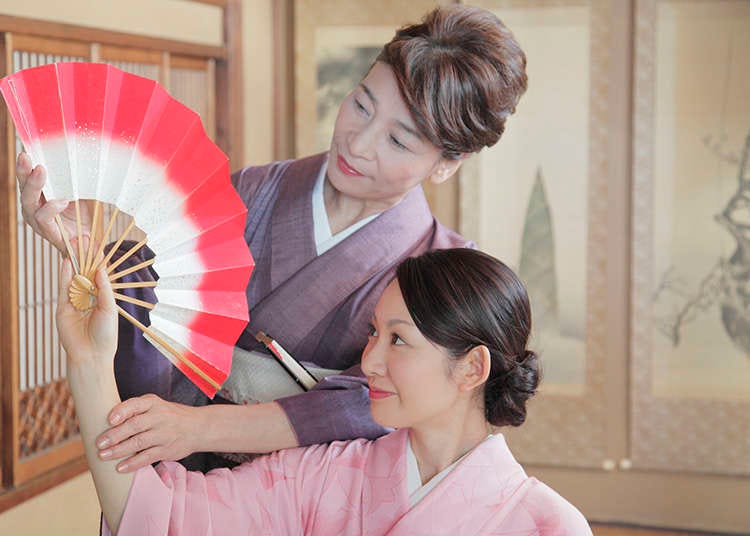
Geidō literally means "the way of art" and is a Japanese concept that emphasizes the techniques and philosophies behind traditional Japanese art disciplines. This way of art refers to appreciating and honoring the process of creation of whatever the artist is trying to make, be it a painting, a perfect performance, or defeating one's opponent.
What is Geidō?
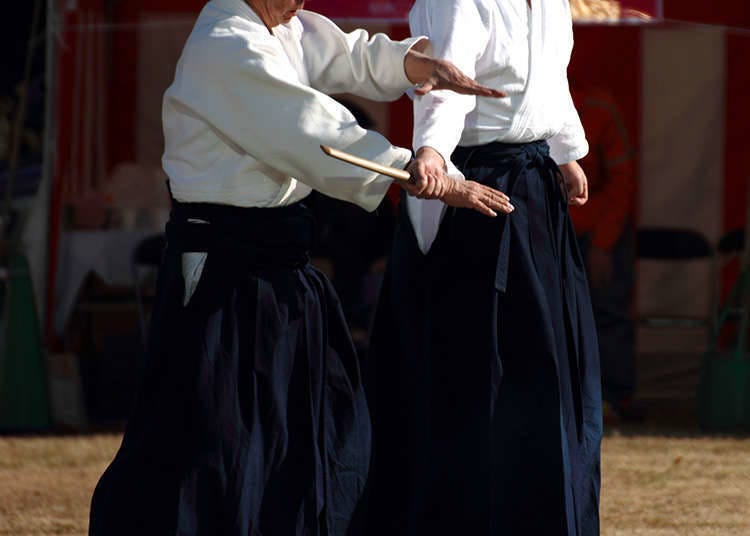
In general, Geidō can be categorized into three different genres: classical theater and performance, traditional crafts and techniques, and martial arts. In Geidō, studying the ethics, morals, and etiquette upon which those arts are based, is a mental excercise that is equally important as studying techniques. As such, following the philosophy of Geidō means sharpening your mind, as well as honing your skills.
Studying Geidō

Studying and training Geidō isn't just conducted in exercise halls or schools, but also in everyday life. It is very important to cherish the relationship with one's mentor, to follow proper etiquette, and to be kind to others. The ultimate goal of Geidō is to deepen one's understanding and skills with the concept, as well as to pass it on to future generations.
Applying Geidō: Kabuki
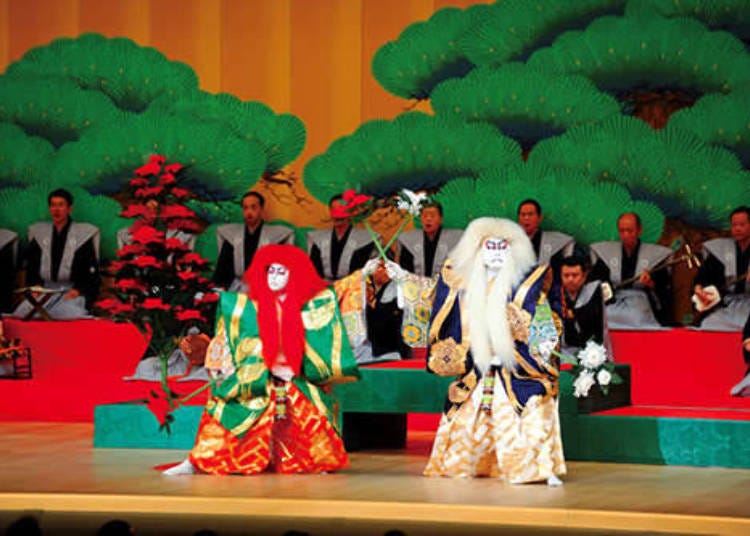
Kabuki is a popular type of theater with over 400 years of history to look back on, performed solely by male actors in colorful costumes who even portray all the female roles in a play. The costumes, wigs, and makeup play a very important part in distinguishing the characters' gender, social status, and age. Those who are born into a kabuki family usually become kabuki actors themselves, starting their training and performing on stage around the age of three or four years old.
Applying Geidō: Traditional Crafts

Traditional Japanese crafts encompass various genres, such as architecture, pottery, and calligraphy. The respective techniques are generally handed down from masters of their craft to their apprentices. Training in such a profession takes decades of improving one's skill and the masters' methods are often only taught verbally, without any instructions written on paper. In this day and age, the majority of products are made by machines rather than actual people. Therefore, a skilled craftsman making handmade products is highly valued and sought after.
Applying Geidō: Jūdō
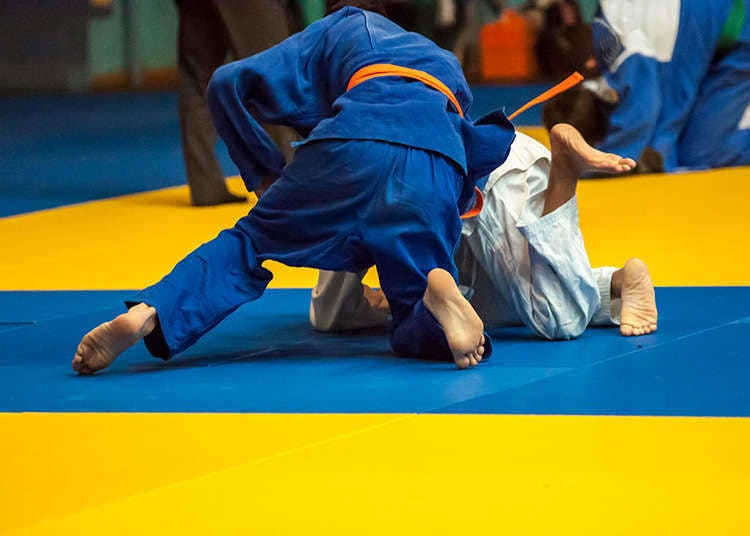
Jūdō, which literally means "the gentle way" is a martial art that was established in Japan and has since been made a fixed part of the Olympic Games, enjoying huge popularity all over the globe. The main focus of this unique martial art is not only to respect one's opponent but also to cooperate with one another, all centered around the basic principle of honing one's humanity.
Geidō in the 21st Century
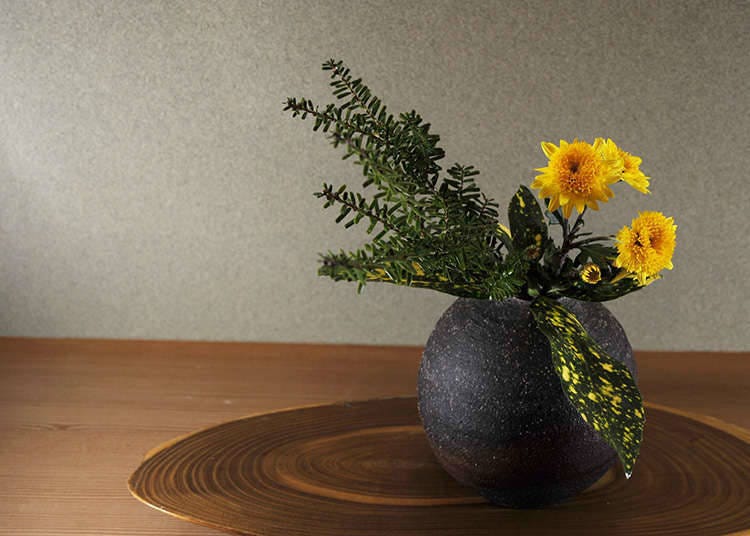
Today, the concept of Geidō isn't only found in Japan. Martial arts are taught in different classes all over the world and the teaching methods vary depending on the country and its own culture. Another way to experience Geidō is through Kadō, "The Way of Flowers" or Ikebana, as it is most commonly known. A lot of one day trial classes are offered, focusing on passing this ancient form of art to modern generations. Compared to the past, a lot of new Ikebana schools and methods have sprung up in recent times, combining traditions of old with contemporary aesthetics.
*Unauthorized reproduction is prohibited.
- Category
*Prices and options mentioned are subject to change.
*Unless stated otherwise, all prices include tax.
Popular Tours & Activitiess
Recommended places for you
-
Appealing

Rukku and Uohei
Izakaya
Sapporo / Chitose
-

Kambei Sannomiyahonten
Yakiniku
Kobe, Sannomiya, Kitano
-

ISHIDAYA Hanare
Yakiniku
Kobe, Sannomiya, Kitano
-

Kanzenkoshitsuyakinikutabehodai Gyugyu Paradise Sannomiya
Yakiniku
Kobe, Sannomiya, Kitano
-

Jukuseiniku-to Namamottsuarera Nikubaru Italian Nikutaria Sannomiya
Izakaya
Kobe, Sannomiya, Kitano
-
Goods

Yoshida Gennojo-Roho Kyoto Buddhist Altars
Gift Shops
Nijo Castle, Kyoto Imperial Palace
-

A Don Quijote Like No Other: Step Inside the All-New Tourist-Friendly Store at Shinjuku Tonanguchi Bekkan
by: Chehui Peh
-
Ad

Get Your Perfect Custom Suit at GINZA Global Style PREMIUM Ginza Honten: Choose from 5,000 Fabrics, Starting at 26,400 Yen (incl. tax)!
-

10 Must-Buy Cosmetics at Don Quijote (2025 Edition)
-
Ad

Ohta’s Isan Gets a Refresh: Introducing the New Ohta’s Isan S and Ohta’s Isan <Sachet> S with Updated Packaging and Improved Benefits
-
Ad

Okinawa Travel Troubles? Guide to the MCC Hotline for Illness and Weather Emergencies
-

Best Things to Do and See Around Tokyo in September: Events and Festivals in Kanto
-

Hasshoku Center: Enjoy Famous Seafood Bowls at Aomori's Giant Fish Market
-

Where to Stay in Noboribetsu Onen: 6 Ryokan Hotels in Hokkaido's Spa Wonderland
by: Masakazu Yoshida
-

JR Edition: Visit all of Tokyo in one Day with the Tokyo Metropolitan District Pass!
-

5 Best Hotels Near Universal Studios Japan (Osaka): Top-Rated Places to Stay
by: WESTPLAN
-

Noboribetsu Onsen: 5 Best Things to Do in Japan's Famous Hot Springs Town!
-

Kaminoyama Onsen Guide: Best Things to Do in Japan's Samurai Town!
- #best sushi japan
- #what to do in odaiba
- #what to bring to japan
- #new years in tokyo
- #best ramen japan
- #what to buy in ameyoko
- #japanese nail trends
- #things to do japan
- #onsen tattoo friendly tokyo
- #daiso
- #best coffee japan
- #best japanese soft drinks
- #best yakiniku japan
- #japanese fashion culture
- #japanese convenience store snacks












